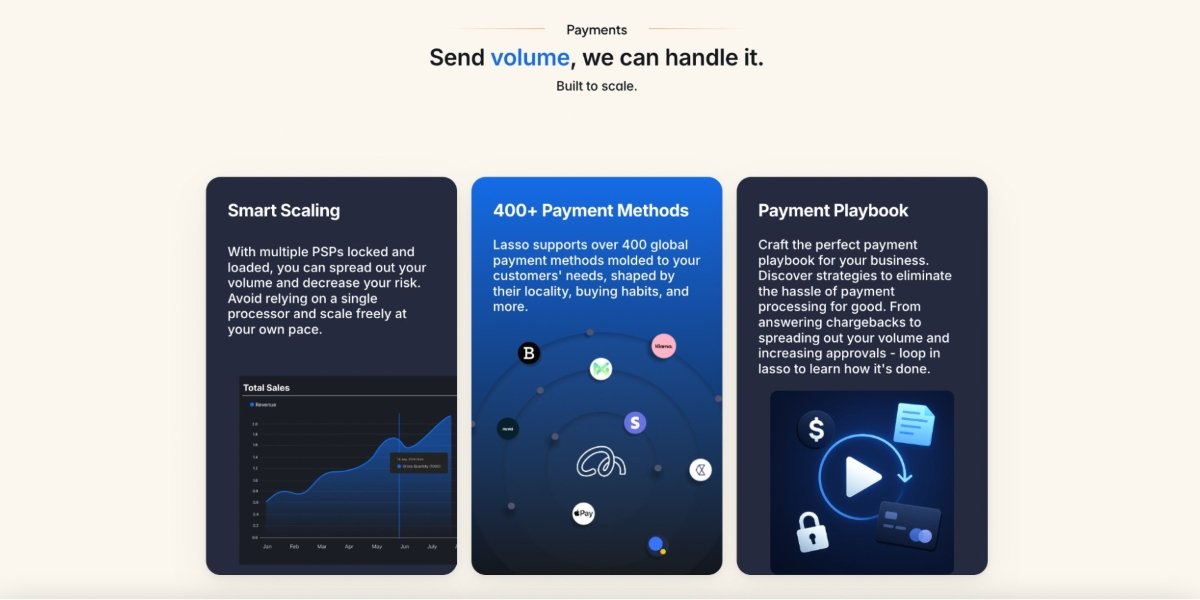In the realm of software patents, safeguarding intellectual property is paramount. Heimlich Law, PC, has honed a set of top strategies to ensure that software patents remain secure and protected. From conducting meticulous patent eligibility analyses to crafting comprehensive patent drafts, their approach is methodical and thorough. However, it is their enforcement and litigation strategies that truly set them apart. By seamlessly integrating continuous monitoring and maintenance practices, Heimlich Law, PC, offers a comprehensive solution that goes beyond mere patent protection.
Patent Eligibility Analysis
Conducting a comprehensive patent eligibility analysis is crucial in determining the scope and validity of software patents. This analysis involves assessing whether an invention meets the criteria for patentability, particularly focusing on the subject matter eligibility requirements set forth by patent laws. For software patents, it is essential to ensure that the invention is not an abstract idea, natural phenomenon, or law of nature, as these are generally not eligible for patent protection. By thoroughly evaluating the patent eligibility of a software invention, companies and inventors can better understand the potential risks and opportunities associated with their intellectual property. This analysis serves as a foundational step in the patenting process, helping to safeguard software patents from potential challenges and infringements.
Prior Art Search
Ensuring the novelty and non-obviousness of a software invention requires a thorough examination of prior art through a comprehensive search process. Conducting a prior art search is crucial to identify existing technologies or publications that may impact the patentability of a software invention. By analyzing prior art, inventors and patent professionals can determine the uniqueness of the software innovation and assess its chances of obtaining a patent. This search helps in understanding the state of the art in a particular technological field, enabling applicants to craft patent claims that distinguish their invention from existing knowledge. A meticulous prior art search ensures that the software patent application stands a better chance of being granted and provides a solid foundation for the subsequent patent drafting process.
Comprehensive Patent Drafting
Crafting a comprehensive patent application for a software invention involves meticulous attention to detail and a strategic approach to clearly articulate the innovative aspects of the technology. In the realm of software patents, it is crucial to not only describe the invention with specificity but also to highlight how it improves upon existing technologies or addresses a particular problem in a novel way. When drafting a software patent, it is essential to include flowcharts, diagrams, and detailed descriptions of the algorithms or methods involved in the invention. Additionally, considering different embodiments and potential variations of the software can help strengthen the patent application and provide broader protection. A well-drafted patent application can significantly enhance the chances of successful patent prosecution and enforcement.
Enforcement and Litigation Strategies
Developing effective enforcement and litigation strategies is essential for safeguarding software patents in a competitive and dynamic technological landscape. When it comes to enforcing software patents, it is crucial to conduct thorough infringement analyses to identify potential violators. Engaging in pre-litigation negotiations can sometimes resolve disputes without going to court, saving time and resources. However, if litigation becomes necessary, having a strong legal team with expertise in both patent law and technology is paramount. Utilizing defensive strategies such as cross-licensing or asserting patents as a counterclaim can also help protect software patents. Constant vigilance and proactive measures are key to successfully navigating the complex world of software patent enforcement and litigation.
Continuous Monitoring and Maintenance
To effectively safeguard software patents in a rapidly evolving technological landscape, continuous monitoring and maintenance play a vital role in ensuring the protection and longevity of intellectual property assets. Continuous monitoring involves staying abreast of any new developments in the industry, tracking potential infringements, and evaluating the competitive landscape to identify any threats to your patents. Regular maintenance of software patents includes updating patent portfolios to reflect any changes in technology or business strategies, reviewing existing patents for any weaknesses or vulnerabilities, and ensuring compliance with all legal requirements. By proactively monitoring and maintaining software patents, companies can better protect their intellectual property rights and maximize the value of their innovations in the long run.
Published by: Martin De Juan








